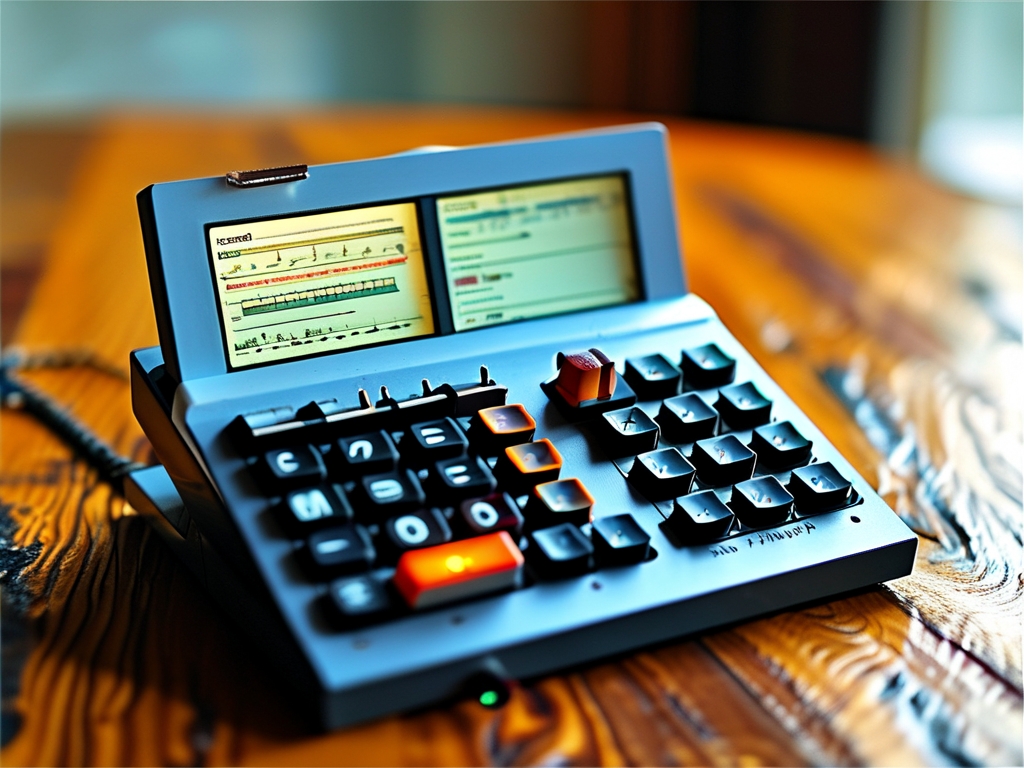In today’s digital age, recording audio has become an essential task for professionals and hobbyists alike. Whether you’re a podcaster, musician, journalist, or student, understanding how much storage space your recordings will occupy is crucial. This is where a recording memory calculator becomes invaluable. In this article, we’ll explore how to calculate recording storage needs, the factors affecting file size, and where to download reliable memory calculator tools.

Why Calculate Recording Storage?
Every audio recording consumes storage space based on its duration, bitrate, and file format. Without proper planning, you might run out of storage mid-session or end up with low-quality files due to incorrect settings. A recording memory calculator helps you:
- Estimate storage requirements before hitting the record button.
- Optimize settings for quality vs. storage efficiency.
- Avoid technical hiccups during critical projects.
Key Factors Affecting Audio File Size
Three primary factors determine the size of an audio file:
- Bitrate: Measured in kilobits per second (kbps), bitrate defines the amount of data processed per second. Higher bitrates (e.g., 320 kbps) yield better quality but larger files.
- Duration: Longer recordings naturally require more space.
- File Format: Common formats like WAV (uncompressed) and MP3 (compressed) differ significantly in size. For example, a 1-hour WAV file at 44.1 kHz/16-bit can occupy 600 MB, while the same file in MP3 (128 kbps) might only take 60 MB.
Manual Calculation vs. Using a Memory Calculator
While manual calculations are possible, they’re time-consuming and prone to errors. Here’s a basic formula for manual estimation:
[
\text{File Size (MB)} = \frac{\text{Bitrate (kbps)} \times \text{Duration (seconds)}}{8 \times 1024}
]
For instance, a 30-minute (1,800 seconds) MP3 recording at 192 kbps would require:
[
\frac{192 \times 1800}{8 \times 1024} \approx 42.2 \text{ MB}
]
However, a recording memory calculator automates this process. By inputting your desired format, bitrate, and duration, the tool instantly provides accurate storage estimates.
Features of a Good Recording Memory Calculator
When downloading a memory calculator, look for these features:
- Multi-format support: Compatibility with WAV, MP3, FLAC, AAC, etc.
- Customizable settings: Adjust sample rates, bit depths, and mono/stereo options.
- Cloud integration: Estimate storage for local drives and cloud platforms like Google Drive or Dropbox.
- User-friendly interface: Intuitive design for quick calculations.
Top Recording Memory Calculators to Download
Here are three highly recommended tools:
-
Audio Storage Calculator by Audacity Team
- Free and open-source.
- Supports WAV, MP3, and OGG formats.
- Download via the official Audacity website.
-
RecMemCalc Pro
- Premium tool with advanced features like batch calculations and project budgeting.
- Available for Windows and macOS.
- 7-day free trial on the developer’s site.
-
CloudRec Calc
- Ideal for cloud-based workflows.
- Integrates with Google Drive, OneDrive, and iCloud.
- Free web-based version with optional premium upgrades.
Step-by-Step Guide to Using a Memory Calculator
- Select your recording format: Choose between lossy (MP3) or lossless (WAV/FLAC).
- Set the bitrate/sample rate: Balance quality and storage needs.
- Input the duration: Specify hours, minutes, and seconds.
- Add buffer space: Allocate 10-20% extra storage for unexpected edits or backups.
- Generate results: The tool will display required storage and suggest optimizations.
Why Download a Dedicated Tool?
While online calculators exist, dedicated software offers offline access, frequent updates, and enhanced security—critical for sensitive projects.
A recording memory calculator is a must-have tool for anyone working with audio. By understanding storage requirements upfront, you can optimize recordings for quality, avoid technical issues, and manage resources efficiently. Download a reliable calculator today and take control of your audio projects!
Final Tip: Always test your settings with short recordings before starting long sessions. This ensures your calculations align with real-world results.




